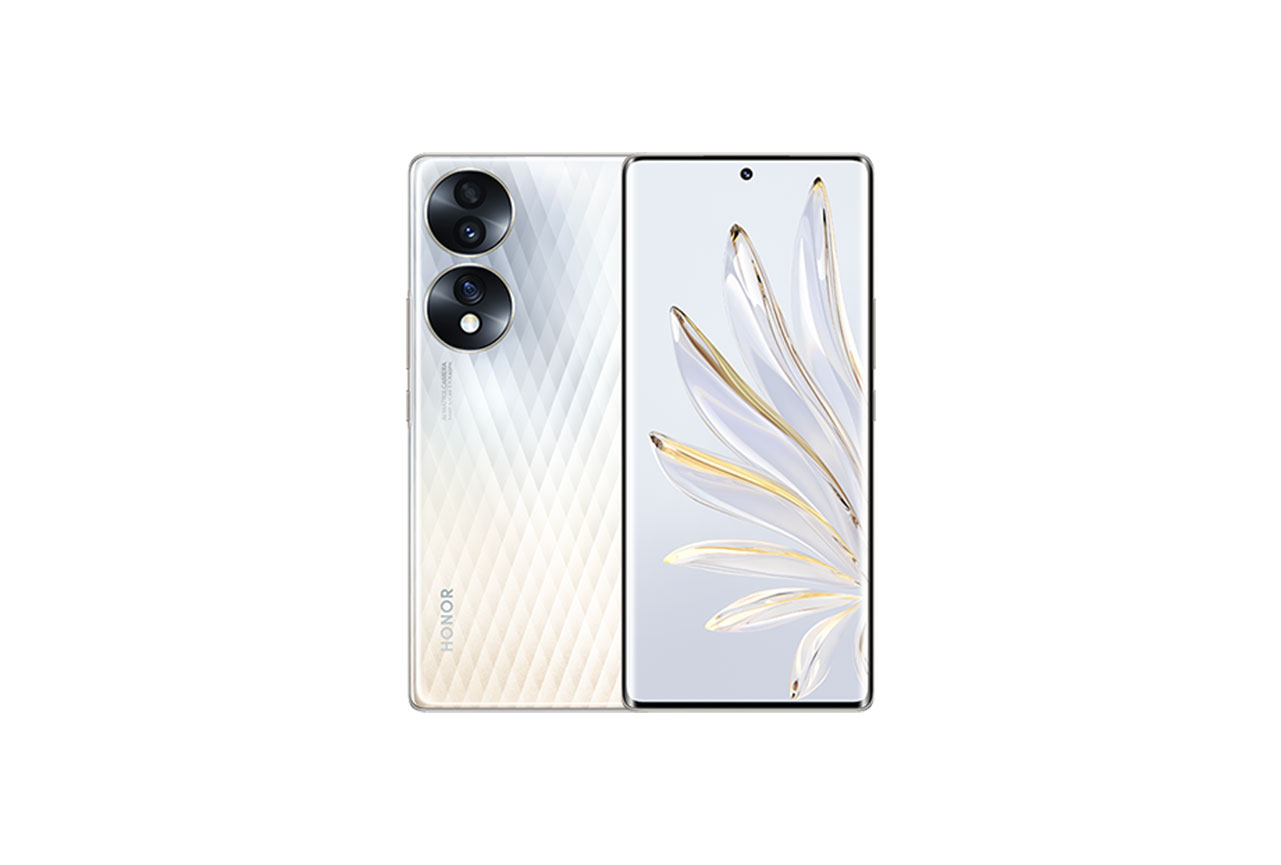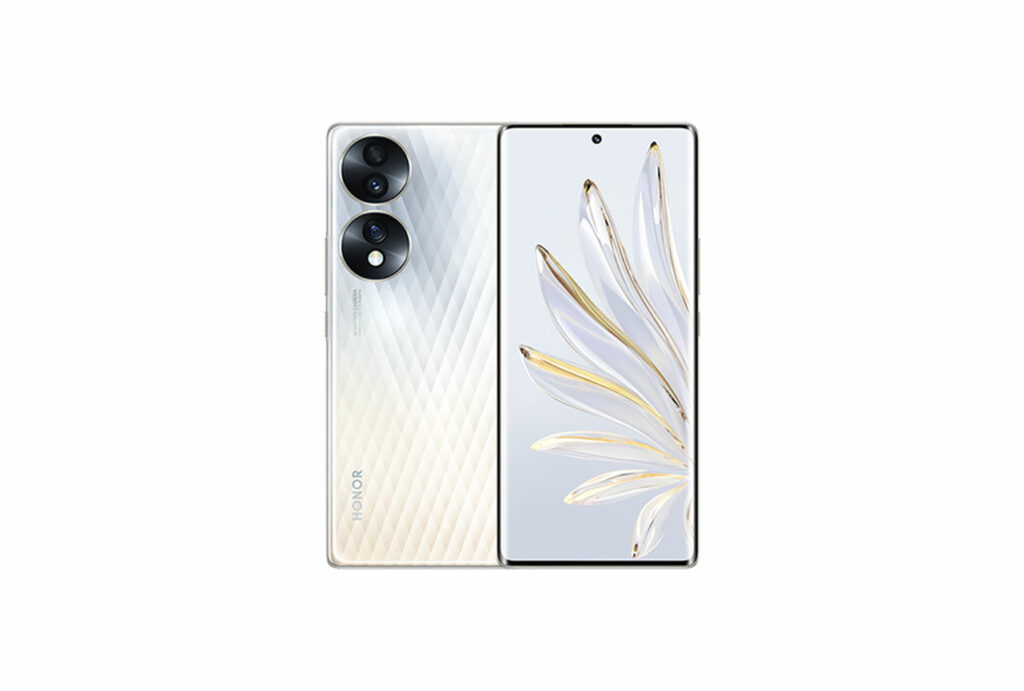We put the Honor 70 through our rigorous DXOMARK Camera test suite to measure its performance in photo, video, and zoom quality from an end-user perspective. This article breaks down how the device fared in a variety of tests and several common use cases and is intended to highlight the most important results of our testing with an extract of the captured data.
Overview
Key camera specifications:
- Primary : 54MP 1/1.49″ sensor, f/1.9 aperture lens, PDAF
- Ultra-wide: 50MP, f/2.2 aperture lens, AF
Scoring
Sub-scores and attributes included in the calculations of the global score.
 Honor 70
Honor 70

115
camera
106
Huawei Pura 70 Ultra
Best: Huawei Pura 70 Ultra (130)
92
Apple iPhone 16 Pro
Best: Apple iPhone 16 Pro (130)
100
Huawei Pura 70 Ultra
Best: Huawei Pura 70 Ultra (125)
87
Xiaomi 15 Ultra
Best: Xiaomi 15 Ultra (125)
99
Huawei Pura 70 Ultra
Best: Huawei Pura 70 Ultra (117)
74
Xiaomi Redmi 12 5G
Best: Xiaomi Redmi 12 5G (82)
55
Huawei Pura 70 Ultra
Best: Huawei Pura 70 Ultra (85)
60
Apple iPhone 16 Pro
Best: Apple iPhone 16 Pro (93)
37
Xiaomi 15 Ultra
Best: Xiaomi 15 Ultra (128)
106
Huawei Pura 70 Ultra
Best: Huawei Pura 70 Ultra (122)
97
Oppo Find X8 Pro
Best: Oppo Find X8 Pro (116)
106
Oppo Find X8 Pro
Best: Oppo Find X8 Pro (120)
105
Huawei Pura 70 Ultra
Best: Huawei Pura 70 Ultra (120)
106
Oppo Find X6 Pro
Best: Oppo Find X6 Pro (118)
87
Apple iPhone 16 Pro
Best: Apple iPhone 16 Pro (120)
81
Xiaomi 12S Ultra
Best: Xiaomi 12S Ultra (86)
107
Apple iPhone 16 Pro
Best: Apple iPhone 16 Pro (119)
Use cases & Conditions
Use case scores indicate the product performance in specific situations. They are not included in the overall score calculations.
Outdoor
Photos & videos shot in bright light conditions (≥1000 lux)
Indoor
Photos & videos shot in good lighting conditions (≥100lux)
Lowlight
Photos & videos shot in low lighting conditions (<100 lux)
Friends & Family
Portrait and group photo & videos
Pros
- Good video quality for the price range.
- Generally accurate and stable target exposure
- Generally pleasant white balance and color rendering
- Fast, accurate, and stable autofocus
Cons
- Limited zoom quality
- Poor photo performance in strong HDR conditions
- Occasional visible exposure instabilities
- Low texture level in most conditions
- Sometimes visible artifacts such as fusion artifacts, color quantization, hue shift near saturation, color fringing, and flare
- Some stabilization inefficiencies on static and walk motions, with residual movements sometimes visible
The Honor 70 provides a satisfactory performance for its price segment, especially in videos, with well-exposed images and pleasant color rendering. In photo, the autofocus is responsive and precise, allowing the image capture of people or moving objects in most light conditions.
Test summary
About DXOMARK Camera tests: DXOMARK’s Camera evaluations take place in laboratories and in real-world situations using a wide variety of subjects. The scores rely on objective tests for which the results are calculated directly by measurement software on our laboratory setups, and on perceptual tests in which a sophisticated set of metrics allow a panel of image experts to compare aspects of image quality that require human judgment. Testing a smartphone involves a team of engineers and technicians for about a week. Photo, Zoom, and Video quality are scored separately and then combined into an Overall score for comparison among the cameras in different devices. For more information about the DXOMARK Camera protocol, click here. More details on smartphone camera scores are available here. The following section gathers key elements of DXOMARK’s exhaustive tests and analyses. Full performance evaluations are available upon request. Please contact us on how to receive a full report.
Honor 70 Camera Scores
This graph compares DXOMARK photo, zoom and video scores between the tested device and references. Average and maximum scores of the price segment are also indicated. Average and maximum scores for each price segment are computed based on the DXOMARK database of devices tested.
Photo
115
Huawei Pura 70 Ultra
Huawei Pura 70 Ultra
About DXOMARK Camera Photo tests
For scoring and analysis, DXOMARK engineers capture and evaluate more than 2,600 test images both in controlled lab environments and in outdoor, indoor and low-light natural scenes, using the camera’s default settings. The photo protocol is designed to take into account the main use cases and is based on typical shooting scenarios, such as portraits, family, and landscape photography. The evaluation is performed by visually inspecting images against a reference of natural scenes, and by running objective measurements on images of charts captured in the lab under different lighting conditions from 1 to 1,000+ lux and color temperatures from 2,300K to 6,500K.
Honor 70 Photo scores
The photo tests analyze image quality attributes such as exposure, color, texture, and noise in various light conditions. Autofocus performances and the presence of artifacts on all images captured in controlled lab conditions and in real-life images are also evaluated. All these attributes have a significant impact on the final quality of the images captured with the tested device and can help to understand the camera's main strengths and weaknesses.
Autofocus irregularity and speed: 1000Lux Δ0EV Daylight Handheld
This graph illustrates focus accuracy and speed and also zero shutter lag capability by showing the edge acutance versus the shooting time measured on the AFHDR setup on a series of pictures. All pictures were taken at 1000Lux with Daylight illuminant, 500ms after the defocus. The edge acutance is measured on the four edges of the Dead Leaves chart, and the shooting time is measured on the LED Universal Timer.
DXOMARK CHART (DMC) detail preservation score vs lux levels for tripod and handheld conditions
This graph shows the evolution of the DMC detail preservation score with the level of lux, for two holding conditions. DMC detail preservation score is derived from an AI-based metric trained to evaluate texture and details rendering on a selection of crops of our DXOMARK chart.
Visual noise evolution with illuminance levels in handheld condition
This graph shows the evolution of visual noise metric with the level of lux in handheld condition. The visual noise metric is the mean of visual noise measurement on all patches of the Dead Leaves chart in the AFHDR setup. DXOMARK visual noise measurement is derived from ISO15739 standard.
Zoom
77
Xiaomi 15 Ultra
Xiaomi 15 Ultra
About DXOMARK Camera Zoom tests
DXOMARK engineers capture and evaluate over 400 test images in controlled lab environments and in outdoor, indoor, and low-light natural scenes, using the camera’s default settings and pinch zoom at various zoom factors from ultra wide to very long-range zoom. The evaluation is performed by visually inspecting the images against a reference of natural scenes, and by running objective measurements of chart mages captured in the lab under different conditions from 20 to 1000 lux and color temperatures from 2300K to 6500K.
Honor 70 Zoom Scores
This graph illustrates the relative scores for the different zoom ranges evaluated. The abscissa is expressed in 35mm equivalent focal length. Zooming-in scores are displayed on the right and Zooming-out scores on the left.
Video
129
Apple iPhone 16 Pro
Apple iPhone 16 Pro
About DXOMARK Camera Video tests
DXOMARK engineers capture and evaluate more than 2.5 hours of video in controlled lab environments and in natural low-light, indoor and outdoor scenes, using the camera’s default settings. The evaluation consists of visually inspecting natural videos taken in various conditions and running objective measurements on videos of charts recorded in the lab under different conditions from 1 to 1000+ lux and color temperatures from 2,300K to 6,500K.
Honor 70 Video scores
Video tests analyze the same image quality attributes as for still images, such as exposure, color, texture, or noise, in addition to temporal aspects such as speed, and smoothness and stability of exposure, white balance, and autofocus transitions.
Honor 70 – good video quality for the price range
DXOMARK CHART (DMC) detail preservation video score vs lux levels
This graph shows the evolution of the DMC detail preservation video score with the level of lux in video. DMC detail preservation score is derived from an AI-based metric trained to evaluate texture and details rendering on a selection of crops of our DXOMARK chart.
Spatial visual noise evolution with the illuminance level
This graph shows the evolution of spatial visual noise with the level of lux. Spatial visual noise is measured on the visual noise chart in the video noise setup. DXOMARK visual noise measurement is derived from ISO15739 standard.
Temporal visual noise evolution with the illuminance level
This graph shows the evolution of temporal visual noise with the level of lux. Temporal visual noise is measured on the visual noise chart in the video noise setup.







DXOMARK encourages its readers to share comments on the articles. To read or post comments, Disqus cookies are required. Change your Cookies Preferences and read more about our Comment Policy.